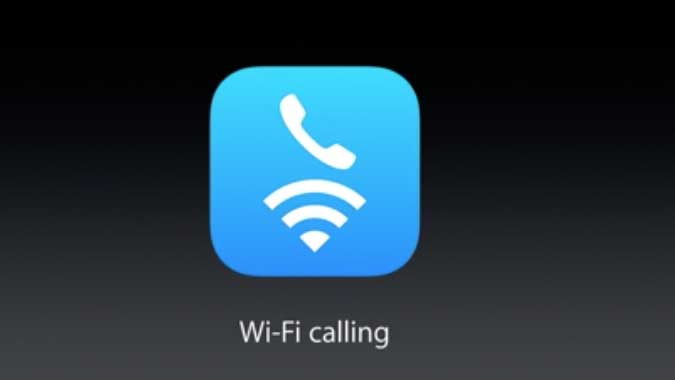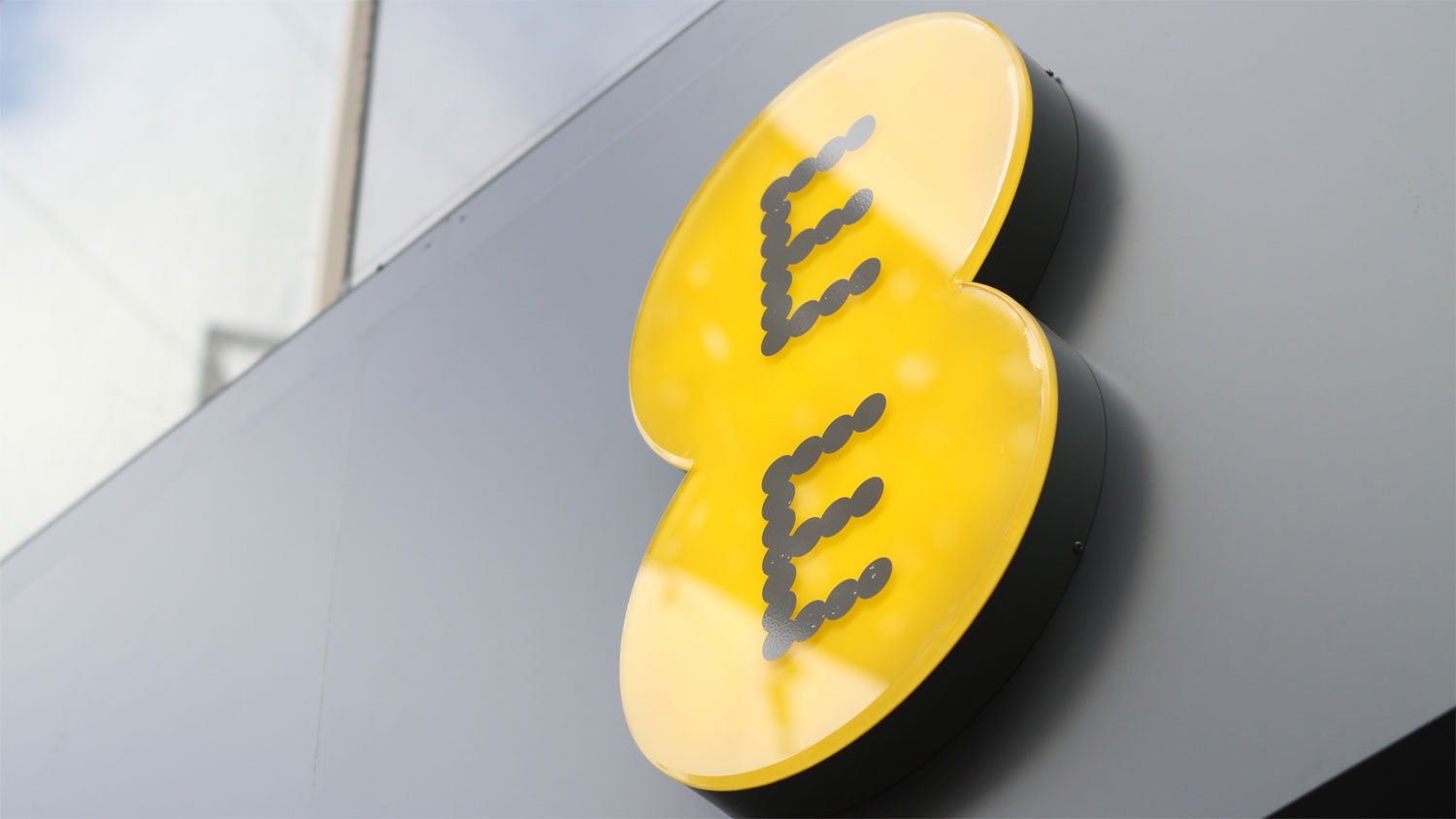Wi-Fi calling: everything you need to know
Is Wi-Fi calling all it's cracked up to be, or too good to be true?

Wi-Fi calling seems to be a big focus for the mobile phone networks to tackle the problem of not having enough signal in your home. It's a smart idea and now both EE and Vodafone have launched the service, but what does it all mean?
It's readily available on EE as long as you have one of a number of phones and it'll be launching on Vodafone with limited devices in the coming weeks.
We've spoken to the people in the know to bring you all the details on Wi-Fi calling - the service that keeps your smartphone connected in more places.
What is Wi-Fi calling?
Wi-Fi calling allows you to use a Wi-Fi network to make and receive phone calls, rather than using the traditional mobile network.
This benefits those in poor signal areas, such as rural villages and underground stations, as you'll be able to harness the power of available Wi-Fi networks to stay connected.
It's not just calls that are supported though, you can also send and receive texts.
Doesn't that already exist?
Before you all go 'this has been available for ages from the likes of Skype, Viber, Three, O2 and more recently WhatsApp', let us explain.
Sign up for breaking news, reviews, opinion, top tech deals, and more.
Three and O2 have their own applications allowing customers to make and receive calls and texts over a Wi-Fi network.
All your activity is kept separate, which can ruin message flows and confuse call logs, as you'll need to check two apps for potential missed calls and new texts.

A similar case is found with Skype, WhatsApp and Viber, although these services don't necessarily link directly with your phone number and provide more standalone communication platforms.
Both EE and Vodafone's Wi-Fi calling works exactly the same as the mobile network, meaning you may not even notice you're actually using a Wi-Fi network rather than the mobile one - although you do get an icon in the status bar alerting you to the fact.
That means your text conversations remain uninterrupted and your call log stays complete - without the need to switch to a different application when using a Wi-Fi network to connect to your friends.
Any limitations?
A word of warning here, if you start a call on Wi-Fi and then venture outside of your network's range the call won't automatically transfer to your mobile network - you'll get cut off, and vice versa.
EE says it's working on a seamless transition between mobile and Wi-Fi, but it will only be possible when it launches VoLTE (voice over LTE) later this year.
VoLTE allows 4G networks to carry voice calls and text messages, which are currently limited to the existing 2G and 3G services - and they don't work well with the Wi-Fi calling setup.
Another thing to point out is that EE's Wi-Fi calling is limited to the UK only for now - so you won't be able to take advantage of it when travelling abroad.
Which networks support it?

Both EE and Vodafone have launched Wi-Fi calling on the respective networks - Vodafone isn't fully here yet but it's coming soon.
O2 and Three may follow suit, but they're currently pushing their TU Go and InTouch apps, which offer similar functionality with seperate applications.
An O2 spokesperson told us, "We regularly review our products and services based on customer feedback. In the meantime, we're flattered to see others following our lead on wifi calling."
Meanwhile there's light at the end of the tunnel at Three with Danny Dixon, director of customer strategy, telling us; "Seamless connectivity on mobile and Wi-Fi is a key part of our future strategic direction and we've developed Three inTouch in such a way that we can evolve it to support embedded voice and text over Wi-Fi.
"We are currently developing this aspect and will be confirming more details and launch dates soon."
- 1
- 2
Current page: What it is, how it works and who's offering it
Next Page Compatible phones, turning it on and the cost
TechRadar's former Global Managing Editor, John has been a technology journalist for more than a decade, and over the years has built up a vast knowledge of the tech industry. He’s interviewed CEOs from some of the world’s biggest tech firms, visited their HQs, and appeared on live TV and radio, including Sky News, BBC News, BBC World News, Al Jazeera, LBC, and BBC Radio 4.